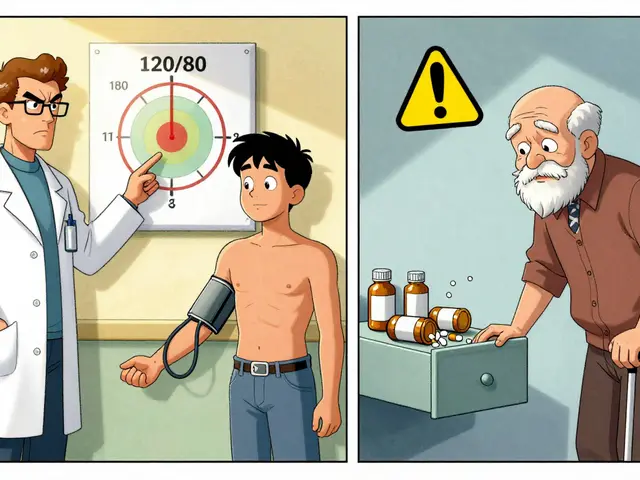Infections: Symptoms, Treatment, and Prevention
Infections are one of the most common reasons people see a doctor. Some clear up on their own, others need medicine. This page gives straight, practical advice on how to spot an infection, what to try at home, when to get medical help, and how to prevent repeats—especially for things like UTIs, skin infections, and respiratory bugs.
How to spot an infection and when to act
Look for local signs: redness, swelling, heat, pain, or pus at a wound site. Systemic signs include fever, chills, fast heartbeat, breathlessness, confusion, or feeling very weak. For urinary issues, frequent burning urination, cloudy urine, or blood in urine are red flags. If you get a fever over 101.5°F (38.6°C), severe pain, shortness of breath, altered mental state, or rapid heart rate, seek urgent care—these can signal a serious infection or sepsis.
For recurring problems like repeat UTIs, doctors usually recommend a urine culture after the second episode to guide targeted treatment. If symptoms return quickly after finishing antibiotics, call your provider instead of repeating leftover pills or starting a different antibiotic on your own.
Treatment basics and safer antibiotic use
Antibiotics only help bacterial infections, not viruses. If a clinician prescribes an antibiotic, take the full course exactly as directed even if you feel better before it finishes. Stopping early increases the chance the infection will come back and raises resistance risk. Don't share antibiotics or take someone else's prescription.
Common meds you might hear about: amoxicillin-clavulanate (Augmentin) covers many respiratory and skin infections; specific UTIs may need different agents guided by culture results. For chronic or recurrent urinary problems, some people benefit from medicines that improve urinary flow—tamsulosin can help certain men with urinary retention and may reduce infection risk in specific cases, but talk to your doctor first.
If you’re ordering meds online, use reputable pharmacies that require prescriptions and show clear contact info. Telemedicine can be a fast, safe option to get a legitimate script when needed.
At-home care helps, too: rest, stay hydrated, use fever-reducing medicines if needed, and keep wounds clean and covered. For coughs with no severe signs, humidified air and throat lozenges ease symptoms while your body fights a viral infection.
Prevention beats treatment: get recommended vaccines, wash hands often, avoid sharing personal items, and practice safe sex. For people prone to UTIs, simple habits—urinating after sex, staying hydrated, and avoiding irritating feminine products—can lower recurrence.
If you’re unsure, call a nurse line or your doctor. Quick, appropriate care saves time, reduces complications, and keeps stronger antibiotics working for when we really need them.



